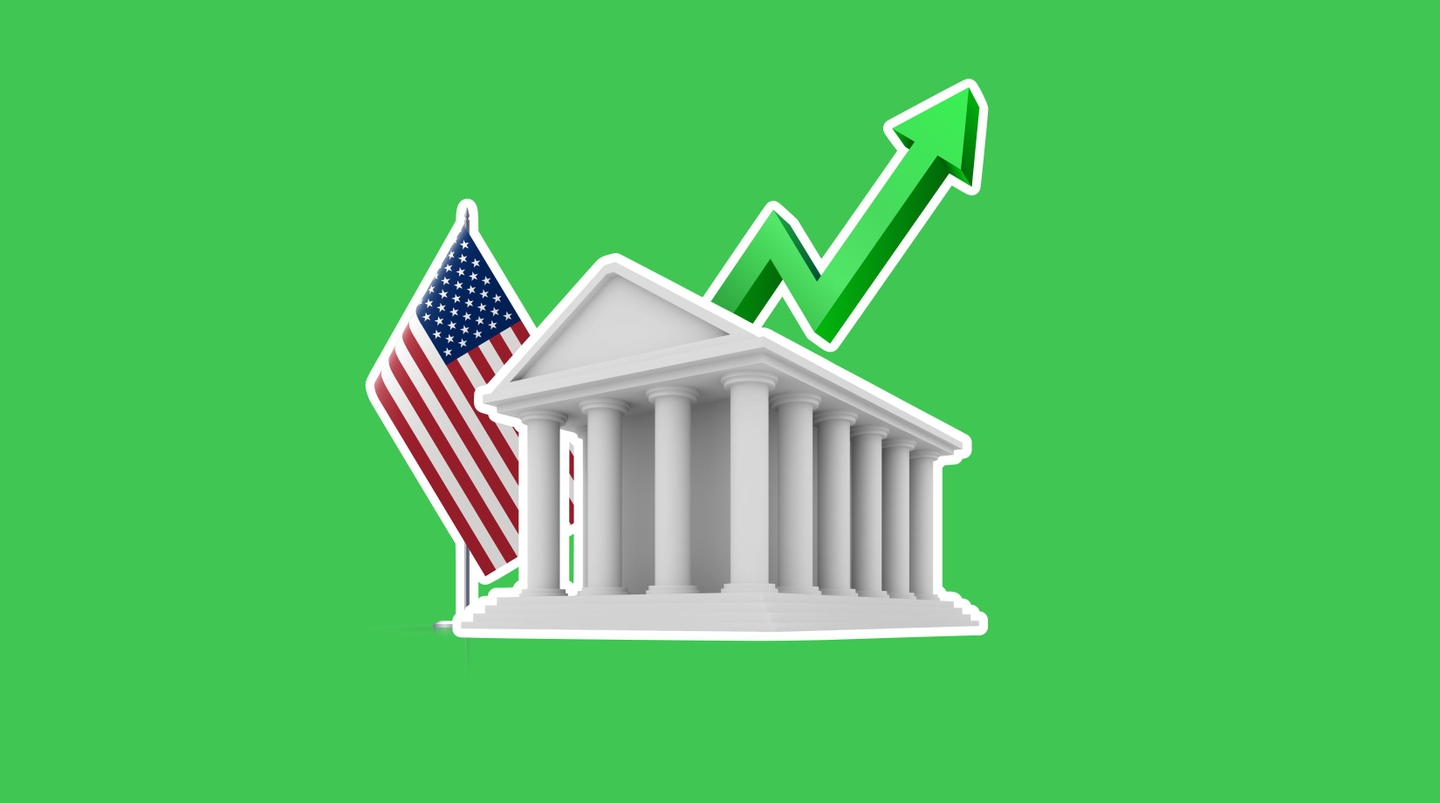Global equities were again on the rise after a hiccup yesterday, but the US’s monetary policy is still a concern. The stock market gained between 3-15% this year, mainly influenced by a weakening monetary policy, earnings and a lower risk of recession. These three factors have resulted in higher investor sentiment and risk appetite. However, is the tide about to change?
Will the Fed become more Hawkish?
The pricing of most equities and commodities is mainly dependent on the Fed’s monetary policy and, specifically, interest rates. Over the past month, the federal fund rate was expected to increase by another 0.25% before the regulator decided to halt hikes. However, this month the inflation rate may decline slower, and the employment sector will experience significant growth.
This is an issue for the Fed as they attempt to balance the employment sector, which is seeing a labor shortage and lower economic growth to lower inflation. So far, the restrictive interest rates have not had their desired effect. This has led some analysts to believe the Fed may continue to increase interest rates for more than 1-month.
Bloomberg this morning confirms multiple analysts are advising the Federal Reserve may look to increase their terminal rate to 5.75% or even 6%. This is significantly higher than previously expected and could mean the Fed will continue hiking until late spring. JP Morgan’s Investment Strategist, Grace Peters, advises that the more restrictive monetary policy can trigger a strong bearish trend within the stock market and may see the SNP500 decline to $3,200. This would be a 22% decline based on the current valuation.
Speculation was initially sparked by the latest employment figures last Friday, but fuel continues to be added to the fire. We spoke earlier this week about Fed member Mr. Bostic’s view on higher interest rates. FOMC member Mr. Kashkari advises “more needs to be done” when referring to the monetary policy. Mr. Kashkari points out that core inflation and fuel have declined, but services inflation shows no signs of slowing.
Though all traders should note that a more hawkish stance is still uncertain, and its vital individuals also evaluate the price action of each asset. For example, most equities are slightly higher during this morning’s futures sessions. Additionally, a more restrictive Fed will likely require a vital Consumer Price Index next Tuesday (14th February). A more hawkish Fed can trigger a stronger Dollar and weaker equities such as the Dow Jones and SNP500.
Crude Oil
Recently we have pointed out the divergence formed on the RSI as part of our market analysis. Additionally, Goldman Sach predicts that the price will rise to $100 per barrel by the year's end. The price has since increased by more than 7% and continues to follow the price range between $72 and $82.

The price is supported by multiple factors, such as the significant increase in demand in China and positive economic data from the US and EU. Most countries have removed their quarantine restrictions, resulting in higher fuel demand. The price has also been slightly supported by the Turkish Earthquake, which has disrupted supply within the Mediterranean and precisely fuel from Azerbaijan and Iraq.
However, traders should note that a more hawkish Federal Reserve and a stronger Dollar can pressure the price of Oil in the future. Additionally, Russia continues to flood the market with supply regardless of restrictions from certain “western countries”. OPEC continues to advise markets they aim for price stability around $80 per barrel. Analysts also agree that Crude Oil's price will likely remain within the price range until a change in circumstances.
Gold - Fed Members point to 6%
The price of the XAU/USD continues to trade within a retracement and has seen more bullish price movement over the past 3-days. The price movement of Gold will largely depend on the price of the US Dollar and the stock market's direction. A more hawkish Fed pushing the Fund Rate to 6% will also influence the safe haven asset. According to the latest report from the US Commodity Future Trading Commission, a more significant percentage of the overall speculated trades are positioning themselves for a decline.
In terms of technical analysis, we can see the price has now retraced to 24% of the previous impulse wave and 61% of the previous breakout point. Therefore the price still follows the pattern of a retracement and a possible downward trend. However, check out our latest technical analysis video to learn more about what we may expect from Gold.
Gold Technical Analysis Video on February 9th
Summary:
- Global stocks climb during this morning’s Future session after a decline the day before.
- Economists believe the Fed’s terminal rate may be higher than originally expected. Bloomberg reports a terminal rate of up to 6%.
- FOMC member Mr. Kashkari advises the Fed will need to do more to push inflation down in the services sector.
- Crude oil climbs as expected after a strong divergence signal, but the price remains within the recurring price range.


